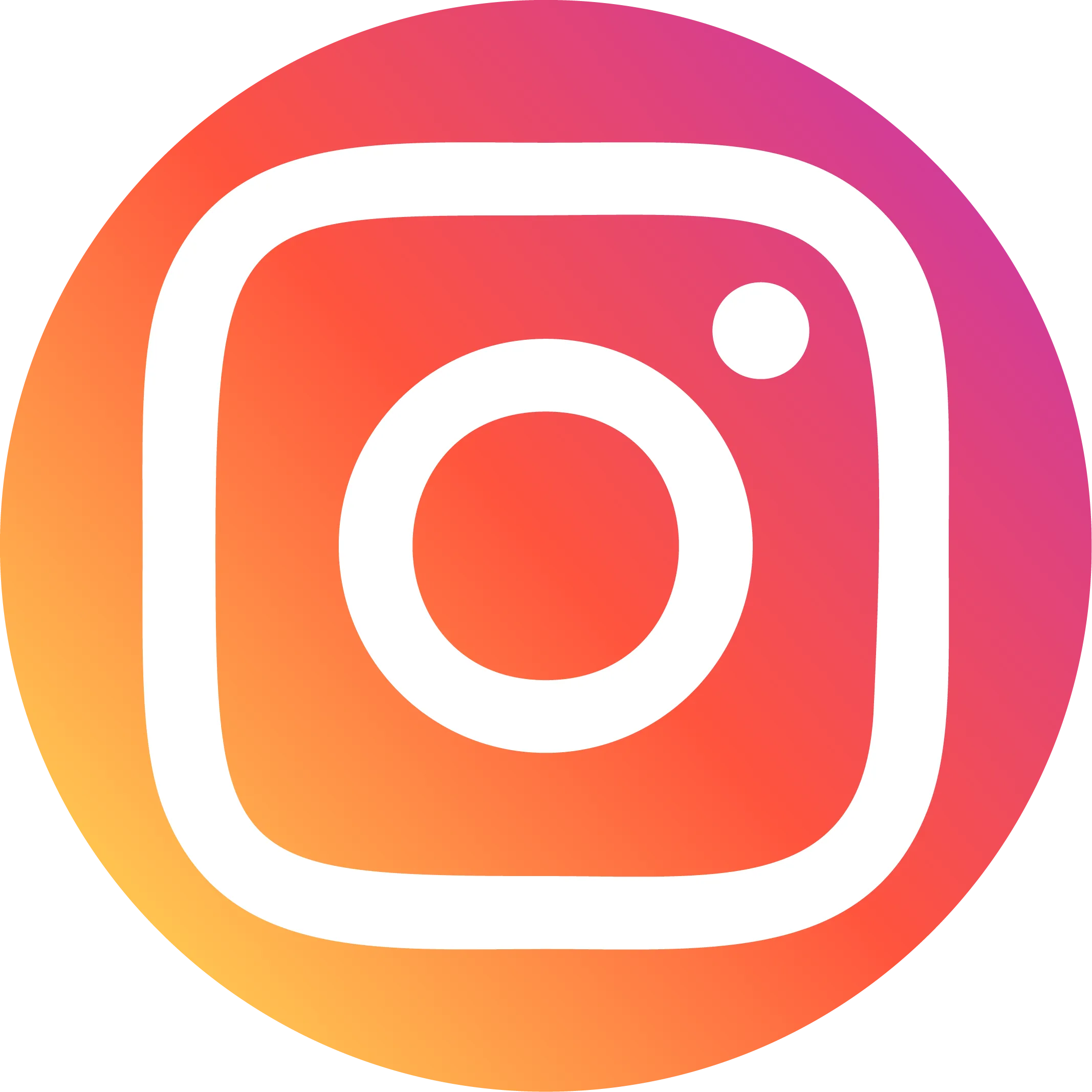The media landscape has significantly fragmented due to the surge in digital platforms and the diversification of viewing habits. People around the globe are now engaging with content on a myriad of platforms, leading to challenges for marketers in reaching their target audiences effectively. For instance, in India, audiences spent a staggering 6.1 trillion minutes watching online videos in just over a year, showcasing the rich variety of content available across platforms. This diversified landscape poses a significant challenge for marketers: how to effectively engage audiences across so many fragmented platforms.
In this fragmented scenario, Google Display Ads prove indispensable as they leverage Google’s extensive reach and diverse data capabilities, allowing marketers to extend their campaigns across 90% of the world’s internet users. The overarching aim of multi-channel campaigns is to deliver consistent brand messaging, ensuring a seamless integration of Google’s comprehensive advertising tools with Google Display Ads.

I. Understanding Audience and Market Segmentation
Reaching the target audience within the fragmented media landscape requires keen insights into precise market segmentation. Vodafone Qatar’s World Cup campaign serves as a prime example of such precision, where internal research identified seven key markets based on expected international tourists. This meticulous targeting ensured that Vodafone reached only those people likely to use their services during the FIFA World Cup in Qatar. The approach required a focused identification of potential customer segments, which was critical in concentrating efforts on those with the highest likelihood of conversion.
To achieve audience segmentation, businesses can utilize Google’s diverse audience tools, including in-market, custom segments, and affinity audiences. These tools enable marketers to consolidate their media efforts and significantly reduce advertisement wastage by accurately directing ads to relevant segments. The necessity of audience segmentation in today’s landscape is mirrored in how companies like Vodafone have successfully navigated these challenges to reach desired demographics.
II. Integrating AI and Automation in Ad Design
The integration of AI and advanced automation into ad design has revolutionized how advertisements are crafted and delivered. One of the forefront technologies facilitating this transformation is Smartly.io, which, in collaboration with Vodafone, illustrated how leveraging AI-driven dynamic creative optimization can personalize ad content effectively for diverse audience segments, use Google Display Ads and other Google Ads solutions
With Smartly.io's technology, Vodafone was able to produce and distribute over 500 ad variations in just two days, all personalized to cater to different segments' interests. This rapid iteration ensured that ad content stayed relevant and engaging, significantly boosting user interaction and engagement rates. AI not only optimizes creative output but also refines cost-efficiency, allowing companies to maximize their advertising impact without inflating budgets.
Topkee help businesses enhance this landscape by offering flexible, multimedia advertising solutions that manage various advertising elements with precision. This approach ensures advertisers reach targeted customer groups effectively, expand their reach, and increase conversion rates. AI capabilities streamline processes from landing page creation to ad performance analysis, ensuring synchronization between ad messaging and audience engagement. Topkee help businesses ensures consistency between the ad and the landing page, which provides a quality customer experience leading to higher conversions. Target audience positioning benefits significantly from automation. Tools like TTO facilitate efficient online advertising management, automating account review, conversion tracking, and creative collaboration, among other tasks. This comprehensive automation ensures seamless data handling and improved advertising collaboration management. AI’s dual role in boosting creative relevancy and cost management exemplifies its critical place in contemporary advertising strategies. By merging creative expertise with technological innovation, AI has become indispensable in designing impactful ads tailored to specific audience segments, maximizing ROI, and driving conversion.

III. Adapting Strategies for Real-Time Campaign Management
In today’s fast-paced environment, agility in campaign management is essential. The Vodafone Qatar World Cup campaign serves as a vivid illustration of real-time adaptation to market changes. The campaign capitalized on event-driven dynamics, such as match outcomes, to tweak its advertising in real-time, ensuring they were always aligned with current consumer interests. This kind of dynamic management was facilitated by platforms like Smartly.io, which allowed Vodafone to switch ad variants fluently in response to match results.
The use of platforms like Smartly.io exemplifies how customized strategies enabled Vodafone to fluidly adapt their advertising strategies in conventional and digital spaces. The ability to modify ad variants following match results not only helped maintain relevancy in real time but ensured that every customer interaction was personalized and timely. This dynamic approach was also mirrored in the success of Indian brands like Samsung and Mondelez. By utilizing DV360, these brands replaced siloed approaches with consolidated strategies, efficiently adapting media strategies and managing ad frequency across diverse platforms. DV360's capabilities allowed for an in-depth understanding of audience interaction across platforms, enhancing the overall effectiveness of their campaigns and further boosting their market impact.
Additionally, with flexible and easy-to-use Google Display Ads solutions provided by entities like Topkee, brands can double conversions and broaden their market reach. Tools that facilitate easy switching of ad variants, efficient management of ad allocations, and precise targeting of ads play a pivotal role in achieving these outcomes. Such adaptability ensures brands not only maintain market relevance but also maximize their advertising expenditures for optimal performance. By allowing for seamless operations across various mediums and facilitating immediate responses to real-time data, these platforms help advertisers leverage market dynamics effectively, enhancing the consumer-brand interaction process for increased conversions and market penetration.
IV. Case Studies: Lessons and Successes in Integrative Strategies
Opel’s strategic re-entry into the Turkish market post-hiatus highlights the significant impact of using a two-step communication strategy that effectively combines image-oriented and sales-oriented communication structures. Tailored content was crucial to re-engage audiences and establish a foothold in the market. By leveraging Google Ads, Opel was able to focus its messaging and reach expertly chosen market segments.
Similarly, L’Oréal Vietnam capitalized on automation during a mega-sale event by employing Google’s Performance Max for scalable campaign growth, acquire new customers across all channels simultaneously: Google Display Ads, discovery, search ads, and more. L’Oréal's integration of automation not only enhanced their reach but significantly boosted returns on ad expenditure, showcasing an impressive alignment of strategy with technological tools to drive growth and engagement.

Conclusion
Drawing insights from these global case studies underscores the critical importance of strategic integration of Google Display Ads within a fragmented media landscape. The effective use of AI and automation in these campaigns facilitated consistent brand messaging and streamlined operations, resulting in increased engagement and conversion rates. The future of marketing in such a dynamic environment lies in innovation and adaptability, with recommendations for marketers to focus on optimizing multi-channel efforts to fully leverage the potential of available technological tools.
In a fragmented media landscape that continuously evolves, ensuring your strategy leverages the right tools and insights can be the determining factor in a campaign’s success. Marketers are encouraged to continue exploring and experimenting with innovative approaches to maximize the reach and effectiveness of their campaigns. For tailored advice, connecting with professional marketing consultants can provide further guidance in achieving strategic campaign objectives.






